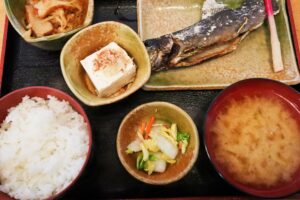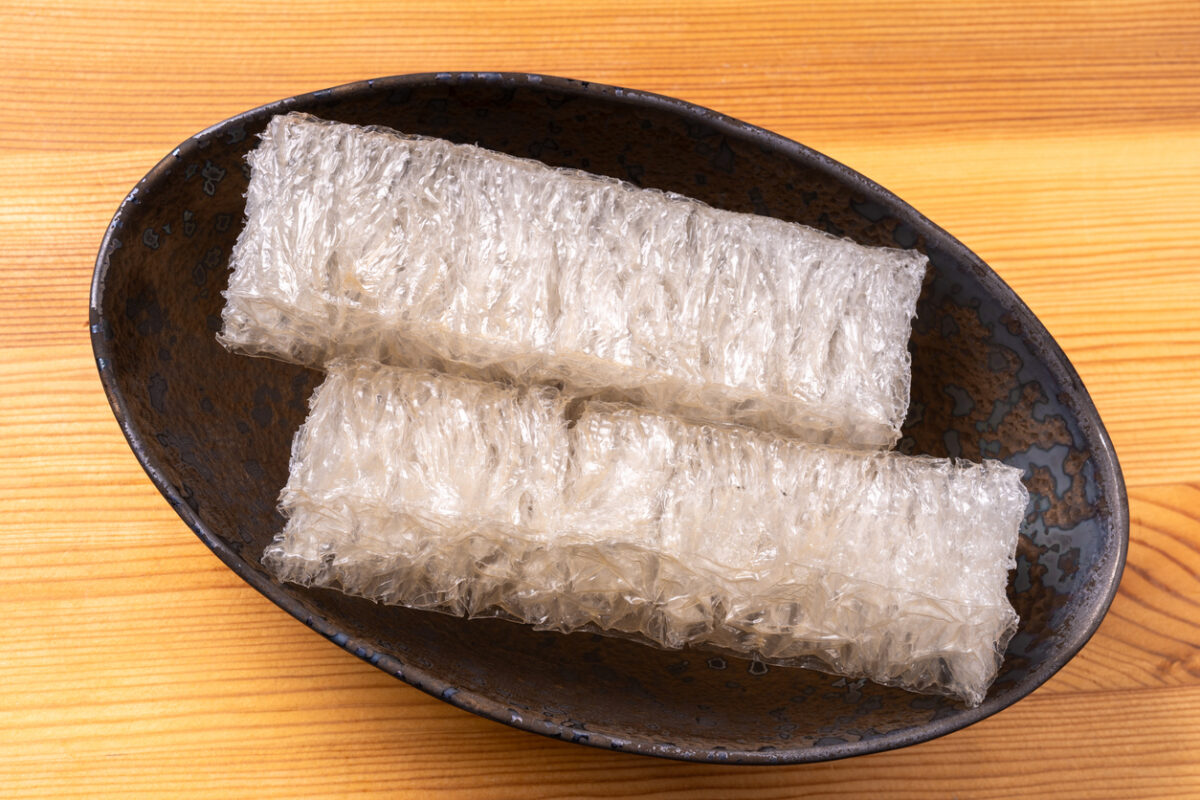Osteoporosis affects millions of aging adults, particularly postmenopausal women. Weak bones increase the risk of fractures, making daily activities more dangerous. Many turn to medications, while others seek natural alternatives like bone health supplements. But do these supplements really work? Let’s explore osteoporosis treatments, the risks of medications, and how natural solutions, including Juveriente Bone Strength Complex, can support bone health.
Understanding Osteoporosis: Why Bone Health Declines with Age
What Causes Osteoporosis?
Osteoporosis occurs when bone density decreases, making bones fragile. Age, hormonal changes, and nutrient deficiencies contribute to this condition. Estrogen decline after menopause accelerates bone loss, leaving women at higher risk.
Key Risk Factors
- Aging and hormonal changes
- Low calcium and vitamin D intake
- Lack of weight-bearing exercise
- Smoking and excessive alcohol consumption
- Family history of osteoporosis
If left untreated, osteoporosis can lead to fractures in the hips, spine, and wrists, significantly impacting mobility and quality of life.
Common Osteoporosis Medications: Benefits and Potential Side Effects
Doctors often prescribe medications to slow bone loss and strengthen bones. However, these treatments come with potential side effects.
Bisphosphonates: The Most Common Osteoporosis Drugs
Bisphosphonates like alendronate (Fosamax) and risedronate (Actonel) reduce bone breakdown. While effective, they may cause:
- Digestive issues (heartburn, nausea)
- Joint and muscle pain
- Rare but serious side effects like osteonecrosis of the jaw (bone tissue death) (source)
Hormone Therapy and Its Risks
Hormone replacement therapy (HRT) can prevent bone loss in menopausal women. However, it increases the risk of:
- Breast cancer
- Blood clots
- Stroke (source)
Denosumab and Other Biologics
Denosumab (Prolia) is another osteoporosis medication, but it can weaken the immune system and increase infection risk.
Medications help slow bone loss, but the side effects push many to seek safer, natural alternatives.
Can Bone Supplements Really Help? The Science Behind Key Nutrients
Calcium and Vitamin D: Essential but Not Enough
Calcium strengthens bones, while vitamin D improves calcium absorption. Many supplements focus on these nutrients, but they alone aren’t enough to prevent osteoporosis.
Magnesium and Vitamin K2: Supporting Bone Formation
- Magnesium helps convert vitamin D into its active form for better calcium absorption.
- Vitamin K2 directs calcium into bones instead of arteries, reducing heart disease risk.
Beta-Cryptoxanthin: A Powerful Natural Bone Protector
Beta-cryptoxanthin, found in mandarin oranges and included in Juveriente Bone Strength Complex, promotes osteoblast activity (bone-building cells). Studies suggest it helps prevent osteoporosis naturally (source).
Unlike medications that only slow bone loss, the right combination of natural nutrients can support bone maintenanceand long-term health.
Juveriente Bone Strength Complex: A Natural Approach to Stronger Bones
What Makes Juveriente Bone Strength Complex Unique?
Many supplements focus only on calcium and vitamin D, but Juveriente Bone Strength Complex includes:
- Beta-cryptoxanthin from Japanese mandarins to support bone metabolism
- Soy isoflavones for hormone balance and bone support
- Magnesium, vitamin K2, and other essential nutrients for optimal absorption
How It Compares to Traditional Supplements
| Feature | Juveriente Bone Strength Complex | Typical Bone Supplements |
|---|---|---|
| Beta-Cryptoxanthin | ✅ Yes | ❌ No |
| Soy Isoflavones | ✅ Yes | ❌ No |
| Calcium & Vitamin D | ✅ Yes | ✅ Yes |
| Includes Nutrients Beyond Calcium for Comprehensive Support | ✅ Yes | ❌ No |
This unique blend offers a holistic approach to bone health, targeting both prevention and maintenance.
Best Lifestyle Habits to Support Bone Health Naturally
1. Eat a Bone-Healthy Diet
Include foods rich in calcium, vitamin D, and antioxidants:
- Dairy and plant-based sources: Yogurt, cheese, tofu
- Leafy greens: Kale, bok choy
- Fatty fish: Salmon, sardines
- Fruits high in beta-cryptoxanthin: Oranges, papaya
2. Engage in Weight-Bearing Exercises
Strength training and resistance exercises improve bone density. Try:
- Walking or jogging
- Yoga and Pilates
- Strength training with weights
3. Avoid Bone-Damaging Habits
- Reduce caffeine and alcohol intake
- Quit smoking, as it weakens bones
- Get enough sleep, as bone repair occurs during rest
4. Supplement Wisely
While diet is crucial, quality supplements fill nutritional gaps. Juveriente Bone Strength Complex supports bone strength naturally, complementing a healthy lifestyle.
Final Thoughts: Should You Take Bone Supplements?
Bone supplements can work, but they must include the right nutrients. Instead of relying solely on calcium, look for supplements with beta-cryptoxanthin, magnesium, and vitamin K2 for better bone support.
For those seeking a natural, science-backed alternative to medications, Juveriente Bone Strength Complex offers a unique blend to support bone health and overall well-being.
If you’re concerned about osteoporosis, consult your doctor and consider incorporating natural solutions alongside lifestyle changes.
👉 Try Juveriente Bone Strength Complex today and take a proactive step toward stronger bones!















































